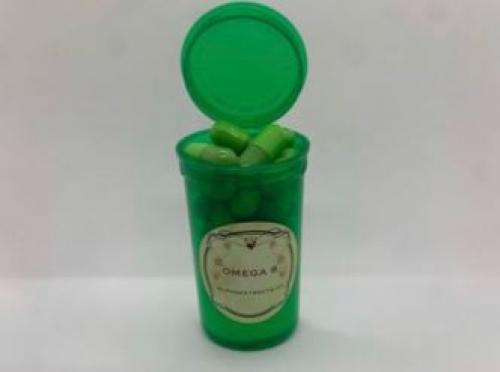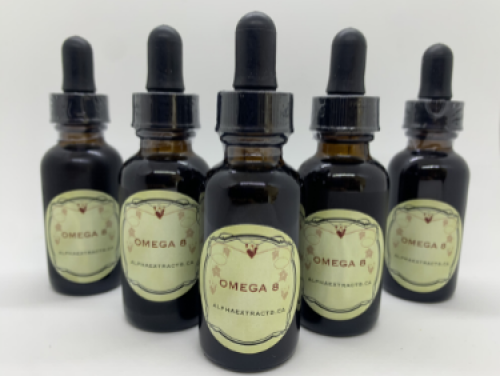Your sense of precaution is good. Definitely take notes and prepare, you don’t want to make edibles too strong. No one likes to overdose, or as I like to say, “overdowd” on edibles and have a bad time.
Basically, you melt butter in a double boiler, add pre-measured, ground marijuana and cook for a couple of hours at low heat. Strain with a cheesecloth or fine mesh strainer. Whether you make up a batch of box brownie mix or your favorite cookie recipe, pick a box mix or recipe that uses at least a half-cup to one cup butter.
I talked with Jessica Catalano about home cannabis cooking recommendations and THC dosage. Catalano is the Summit County-based author of THe Ganja Kitchen Revolution and chef for Cultivating Spirits, a mountain retreat cannabis tour company.
First, identify the percentage of THC in the strain you’re cooking with. Catalano says on average, most strains have about 10 percent THC. Strains that have 15-20 percent THC are above average, and those with 21 percent THC or higher are exceptionally strong. If you can’t find online plant breeding information or cannabinoid lab tests for the strain, estimate at 10 percent THC.
You are starting out with a quarter ounce of marijuana, that’s 7 grams. An eighth would be 3.5 grams.
Every 1 gram of cannabis bud has 1,000mg of dry weight. If a strain has about 10% THC, ten percent of 1,000mg would be 100mg. So for cooking or baking at home, it is safe to assume that a gram of cannabis contains at least 100mg THC.
Using Catalano’s dosing measurement formula, you do the math accordingly to find out how much THC per serving. Take the amount of ground marijuana, convert it to milligrams and divide it by the recipe yield to determine a per-serving dose of THC. A starting dosage for beginners is 5 milligrams per serving (the Colorado-mandated serving size for marijuana-infused edibles is 10mg THC). Three grams of ground marijuana equals 300mg THC. 300mg divided by the recipe yield, makes 60 cookies equals 5mg per cookie. If you want to be even more cautious with your at-home cannabutter cooking, 1.5 grams (150mg) marijuana divided into a 60-cookie recipe will yield 2.5mg a serving.
Julie Dooley from has a few recommendations for prepping your kitchen area before making your butter. Use commonsense kitchen rules and take safety precautions. Have some dedicated pans and utensils so you don’t cross-contaminate. Have proper ventilation because it is an aromatic process.
Some notes about edibles: Dooley says if you eat cannabis with fatty and protein rich foods, the effects of marijuana last longer in the body. If you eat cannabis in sugary candy form, the high doesn’t last as long. After eating an edible, Dooley recommends waiting 2 hours. If you don’t feel high enough, don’t consume another edible, eat something fatty instead to increase the effect of the marijuana. If you feel too high, Catalano recommends drinking orange juice or fruit juice to raise your blood sugar.
Omega8 Copied By Many But Never Duplicated !!!

Omega8 truly miraculous | alphaExtract (alphaextracts.ca)


